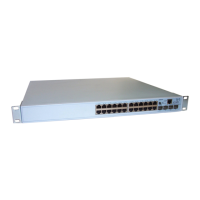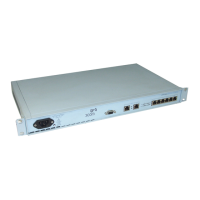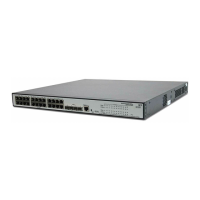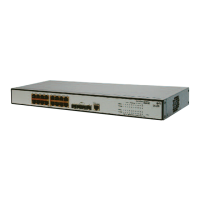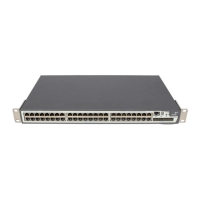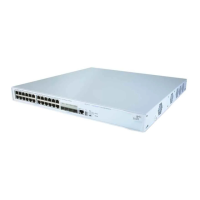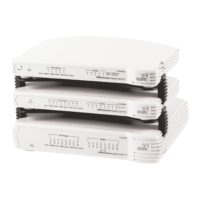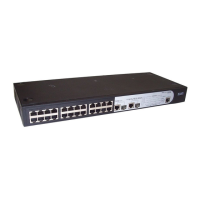Why does the 3Com Switch self-test exceed 15 seconds?
- CCourtney Moody MDSep 10, 2025
If the self-test of your 3Com Switch exceeds 15 seconds, it might not be correctly installed. Remove and reinstall the device. If the problem persists, you should consult your technical support representative.
